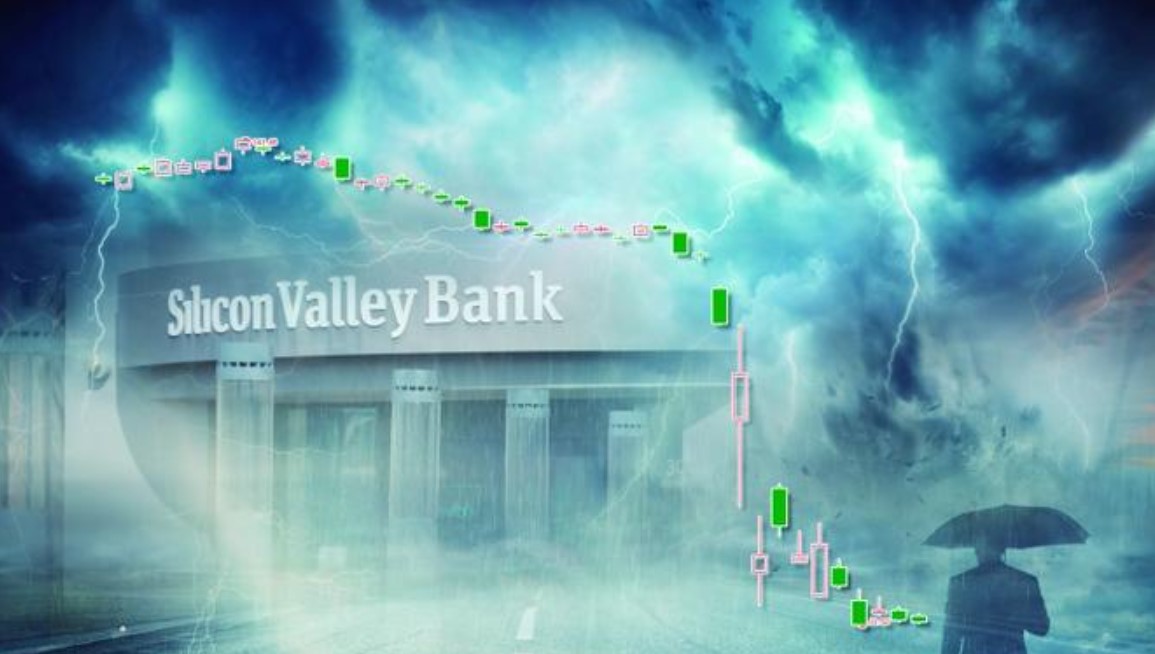At the Thomas Laubach Research Conference held on Friday, Federal Reserve Chairman Powell and former Chairman Bernanke attended together and expressed their views on current hot policy issues. Monetary policy, of course, is a topic of much concern.

Bernanke, who won the 2022 Nobel Prize in Economics for his research on "Banking and Financial Crisis", said that the banking crisis still follows the classic steps of "decline in deposits, runs, and contagion", which eventually affected the credit environment. Of course, in terms of scale and scope, this crisis is very different from that of 2008.
Powell emphasized that banks and the banking system are "strong and resilient" and that liquidity tools are separate from the Fed's monetary policy tools. The Fed's use of liquidity tools helped ease the strain after bank failures in March, but did not affect the central bank's monetary policy path.

After the U.S. banking crisis, the Federal Reserve still raised interest rates twice. The current mainstream expectation in the market is that the Federal Reserve will stop raising interest rates at the current position. Markets are betting on a more than 95 percent chance the Fed will pause rate hikes in June after the April CPI inflation data, according to CME data.
Powell emphasized that, so far, the data still support the FOMC's view that the decline in inflation will still take some time. As a monetary policy maker, no matter what happens in the future, we will always strive to achieve the goal of price stability.

However, Powell also said that after such a long period of interest rate hikes, the current monetary policy has entered a restrictive range, and the uncertainties facing it now are the delay in the effect of monetary policy and the credit crunch caused by the recent banking crisis. Therefore, the Fed now has various constraints in assessing whether it needs to continue raising interest rates in the future. As he said at a previous press conference, relevant assessments can only be carried out continuously in each meeting.
Fed officials are increasingly divided as the risks of "too much" and "not enough" start to balance out as policy becomes more restrictive. Atlanta Fed President Raphael Bostic is taking a wait-and-see attitude, pausing rate hikes to see how things develop before taking action, perhaps for more than a month.

However, Cleveland Fed President Mester gave the most hawkish voice, "Inflation is so stubborn, it should continue to raise interest rates." Raise rates, but return to hikes at next meeting in July.
As one of the most influential figures in the global economy, Powell's words carry weight and have the potential to affect everything, including the cryptocurrency market. Investors are now turning to President Jerome Powell’s speech for insight into the future direction of monetary policy and its potential impact on bitcoin and other cryptocurrencies.

For now, bitcoin and altcoin prices remain calm after falling below key support levels after improving sentiment over a U.S. debt ceiling deal led investors to safer havens. Bitcoin has remained below the $27,000 level this week, while the tech-heavy Nasdaq 100 has risen 3.5%. The data showed that Bitcoin's correlation with technology stocks has declined, approaching the lowest level since 2021. According to the analysis, the banking crisis in March may have contributed to the decline in the correlation between the two.
Against the background that U.S. debt may fall into the first default in history, Bloomberg recently conducted a survey of investors, and the results showed that Bitcoin has also become one of the three most popular alternative assets for investors, with nearly 10% of the respondents Expressed willingness to buy Bitcoin as a safe-haven asset.

Summarize
With the tightening of global monetary policy and the increase of political risk, more and more investors are beginning to consider cryptocurrencies as a safe-haven asset, and cryptocurrencies also provide investors who face restrictions or obstacles in traditional financial markets. Provides more options. While the cryptocurrency’s status as a safe-haven asset is still debated, it has certainly established itself in the financial markets.